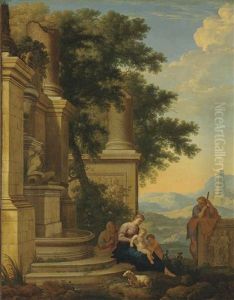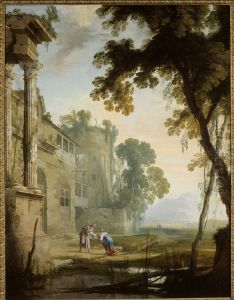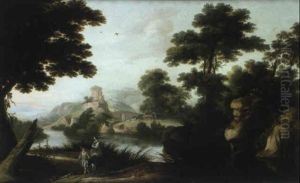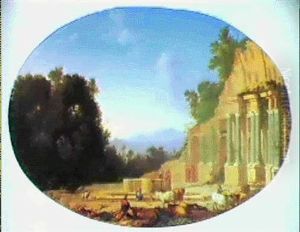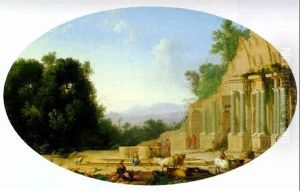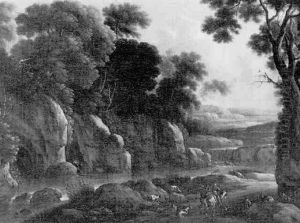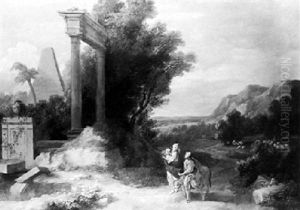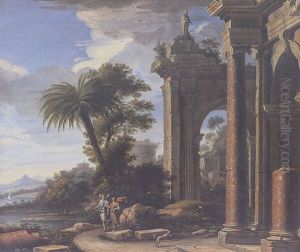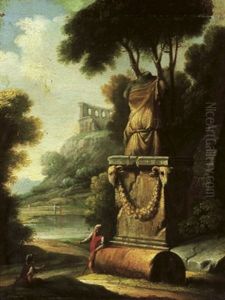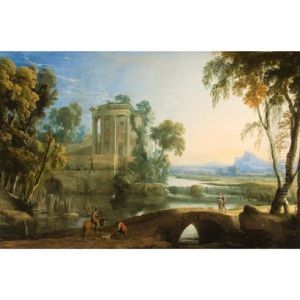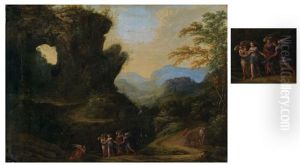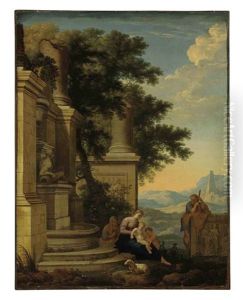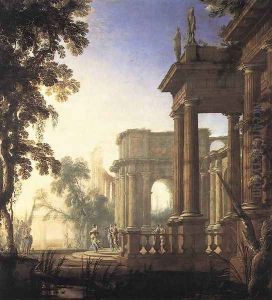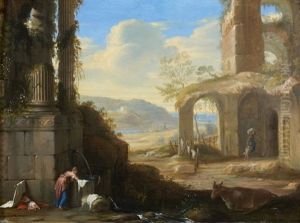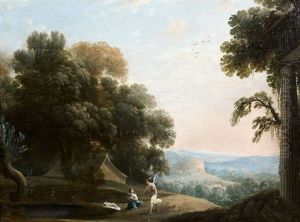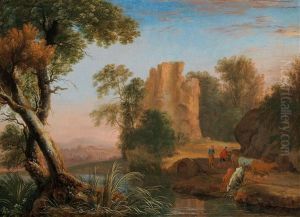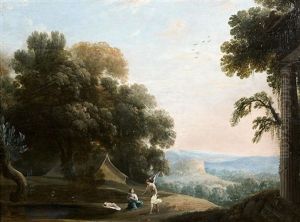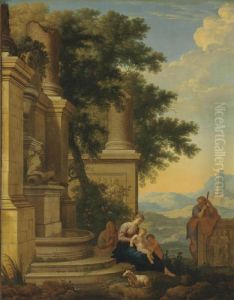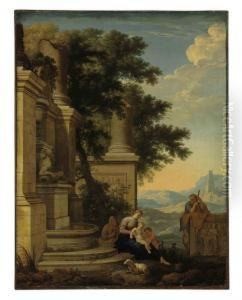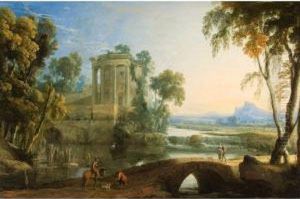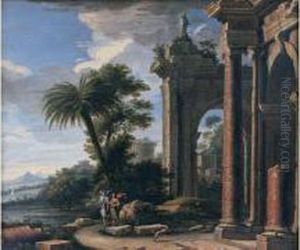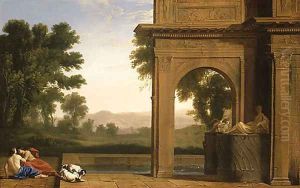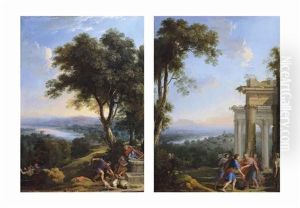Henri Mauperche Paintings
Henri Mauperche was a French landscape painter, born in 1602 in Paris, France. His contributions to the art world during the 17th century are noted for their incorporation of classical and Italianate landscapes, distinguishing his work from his contemporaries. Mauperche's artistic journey began under the guidance of well-known teachers and artists of his time. He was a pupil of Daniel Dumonstier, a renowned portrait artist, which initially influenced his approach to detail and composition. However, Mauperche's true passion lay in landscape painting, a genre that he pursued with vigor after his studies.
Mauperche spent a significant period in Italy, a common practice among artists of his era, seeking inspiration from the Renaissance masters and the picturesque Italian countryside. This experience deeply influenced his style, leading him to integrate the grandeur and idealization characteristic of Italian landscapes into his work. Upon returning to France, he became a part of the Parisian art scene, contributing to its evolution with his unique blend of naturalistic views and classical elements.
Throughout his career, Henri Mauperche was involved in several important projects, including decorative works for notable French structures and private commissions for the aristocracy. His landscapes often featured historical or mythological elements, set in idyllic, imagined settings that appealed to the tastes of his patrons. Despite the prominence of figure painting at the time, Mauperche's landscapes found favor for their beauty and tranquility, marking him as a significant figure in the development of French landscape art.
Mauperche's legacy is not as widely recognized as that of some of his contemporaries, partly because landscape painting was not the most prestigious genre in his time. However, his work represents an important link in the evolution of landscape art, bridging the gap between the late Renaissance and the classical landscapes of the 17th century. Henri Mauperche died in 1686 in Paris, leaving behind a body of work that continues to be studied for its contribution to the development of French art. His paintings, characterized by their detailed execution and serene compositions, remain a testament to his skill and vision as a landscape artist.
